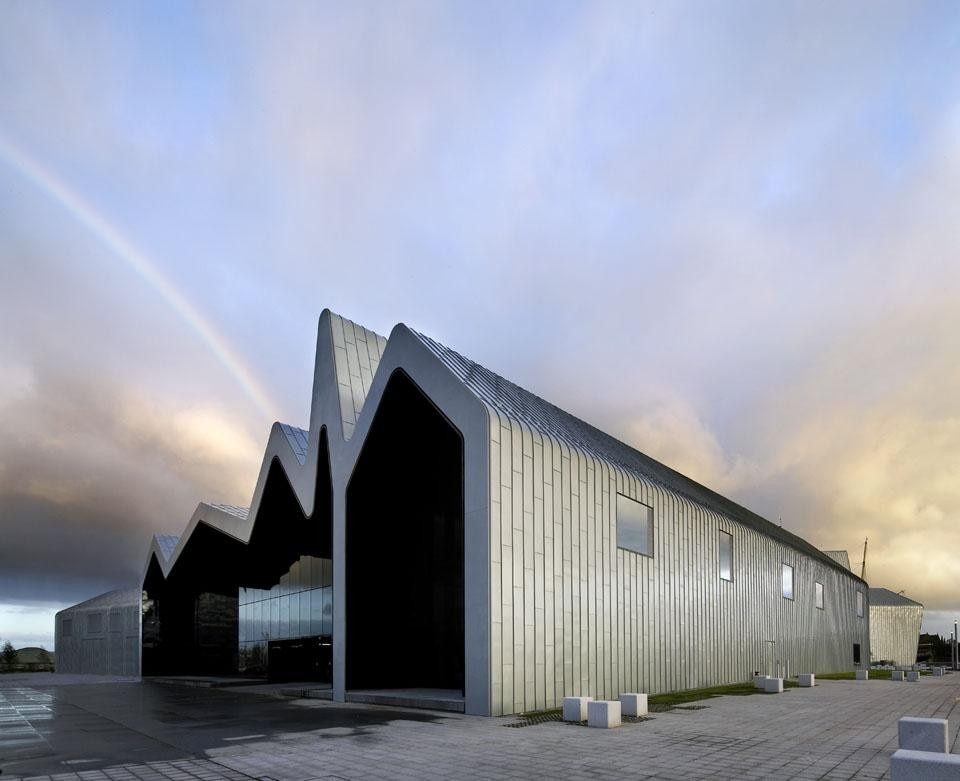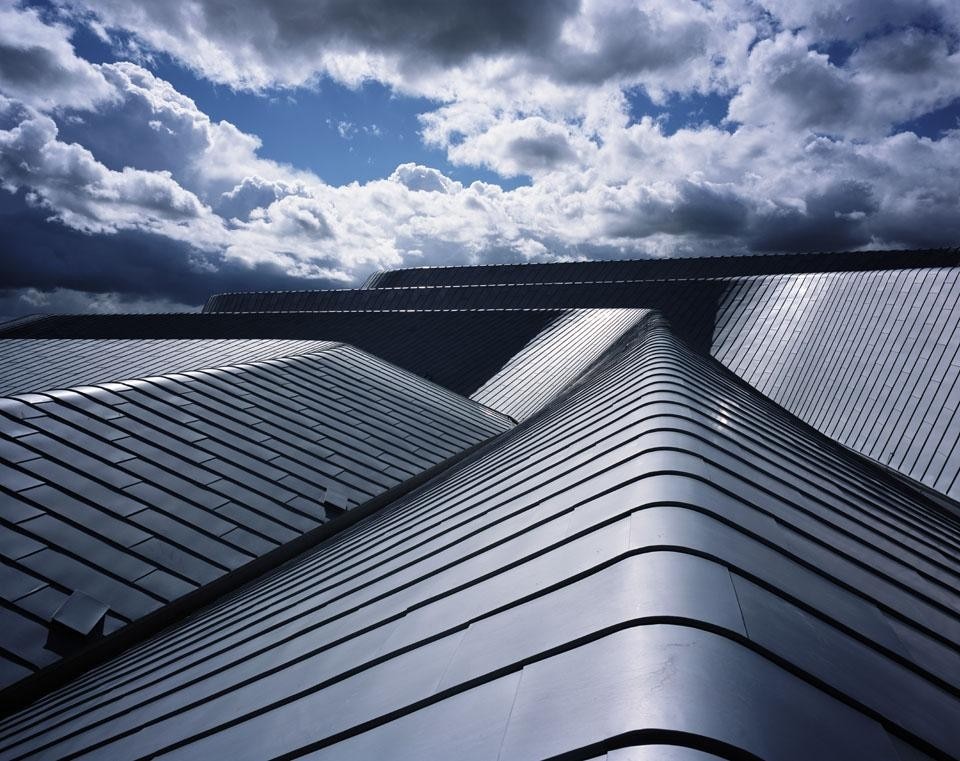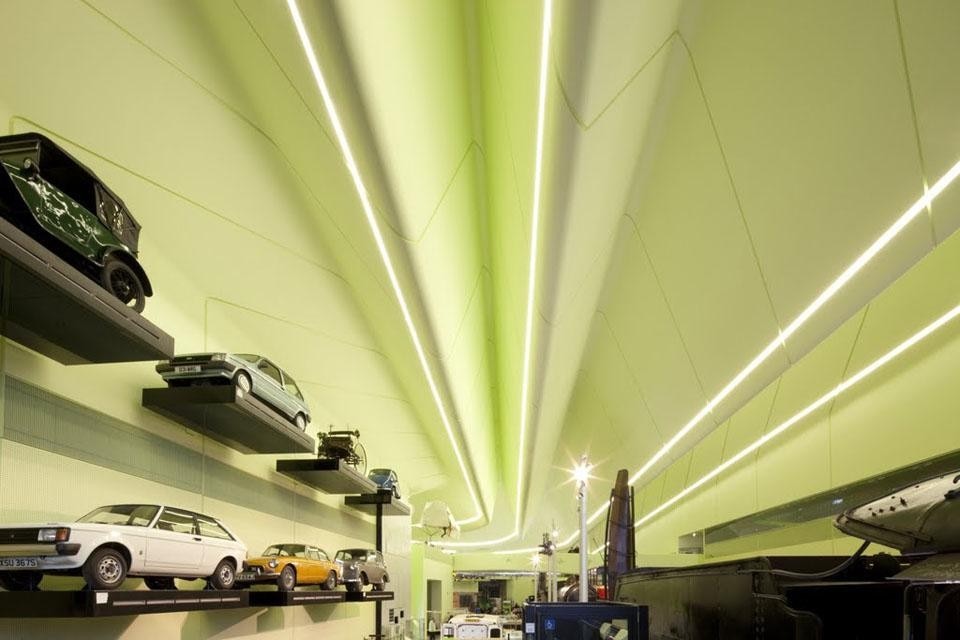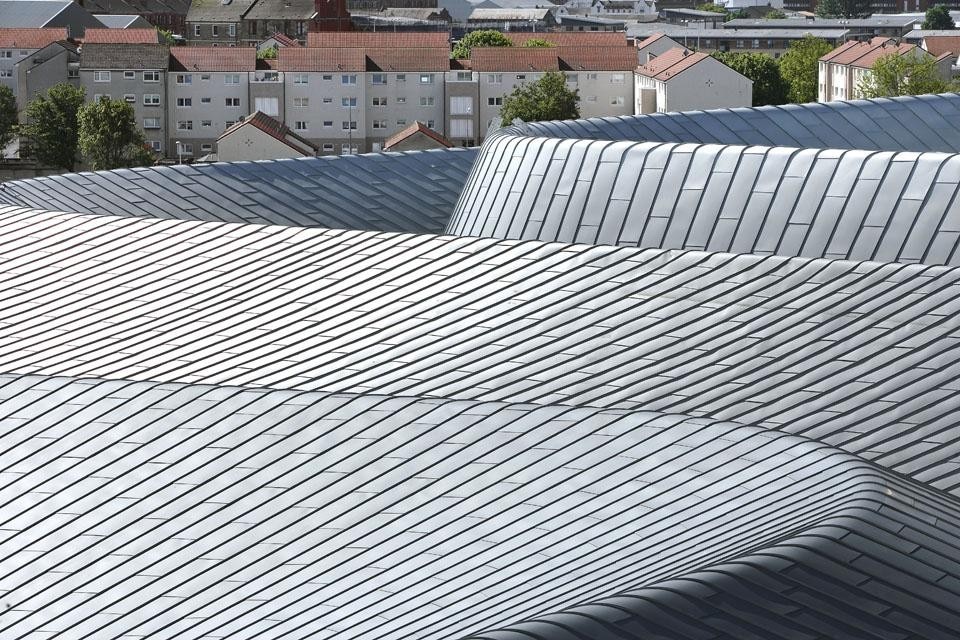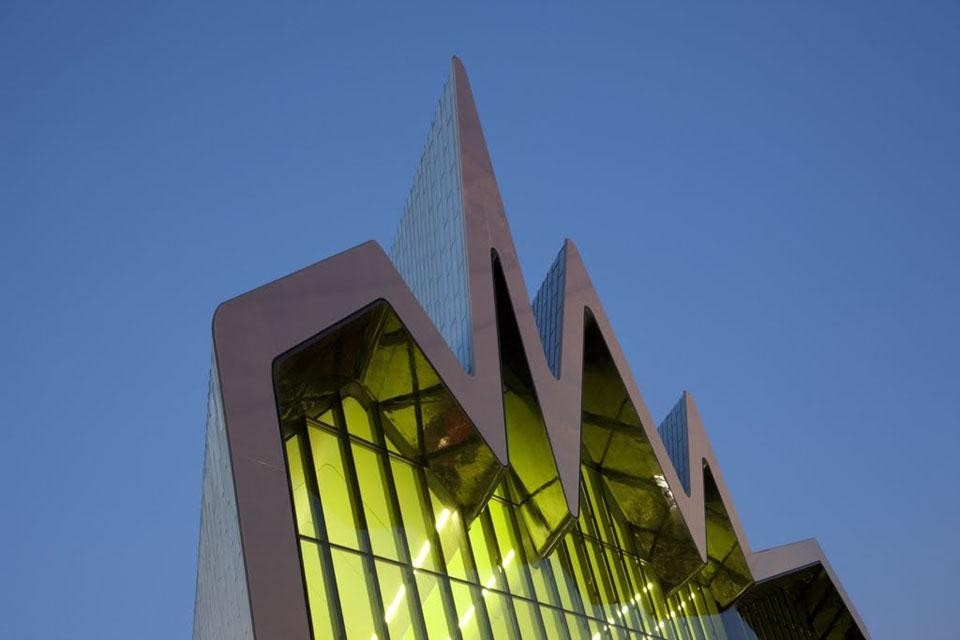Zaha Hadid has made much of the dynamism and energy the building draws from the tensions of industrial ruin, the river and motorway. Indeed, in plan the Z-shaped train-shed design zig-zags across the site and its heart-beat roofline poignantly faces both city and river.
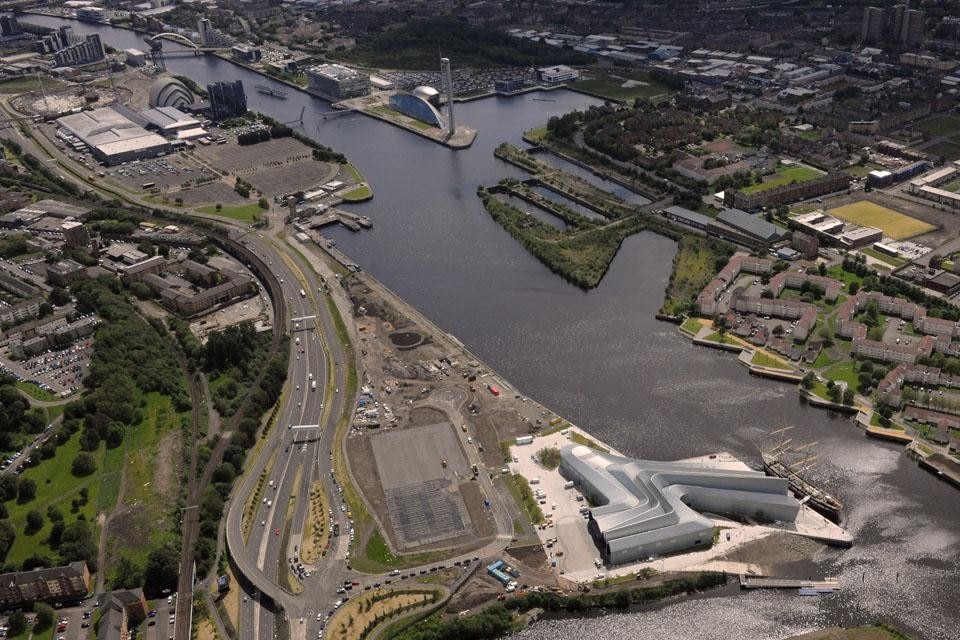
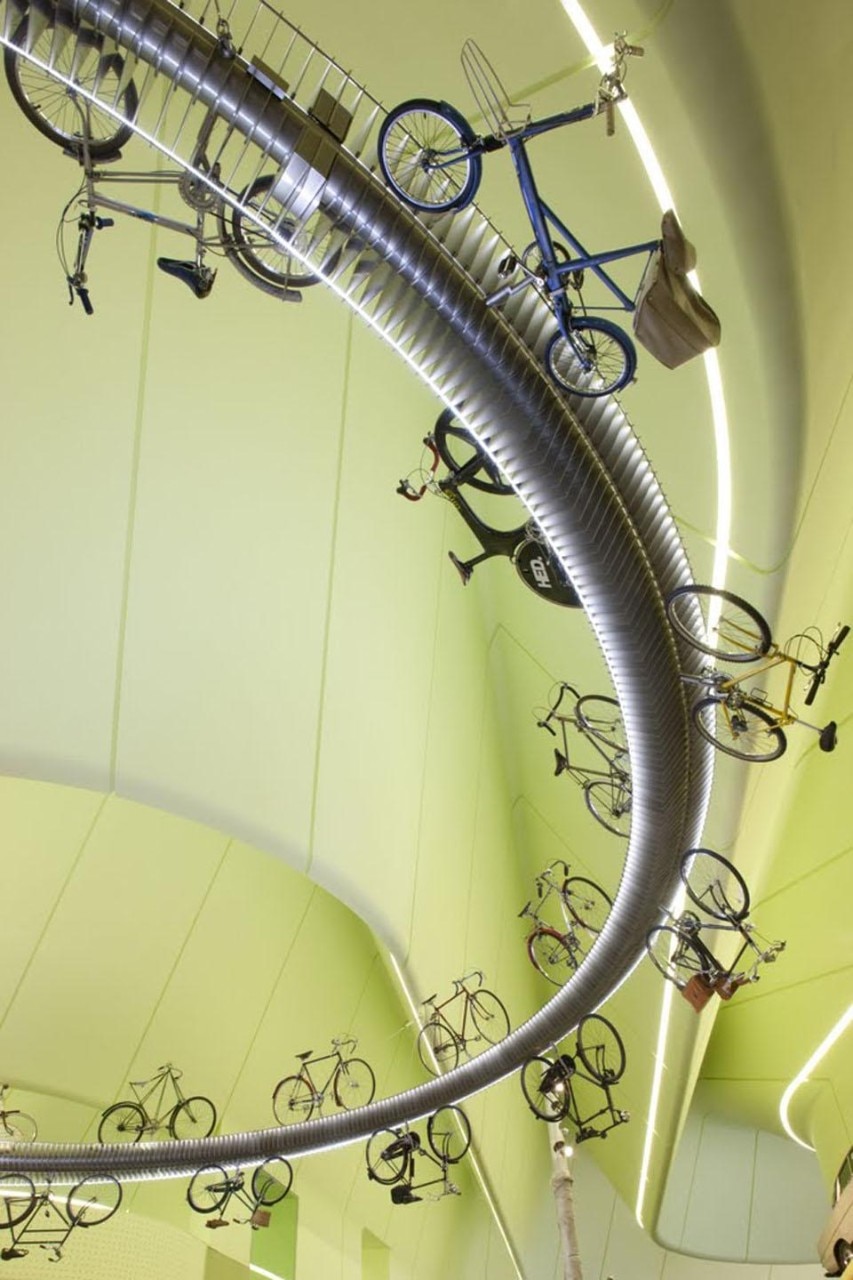
A museum is not about the space around the objects, it's about the objects and the stories. For the objects to work the building has to be robust and strong.
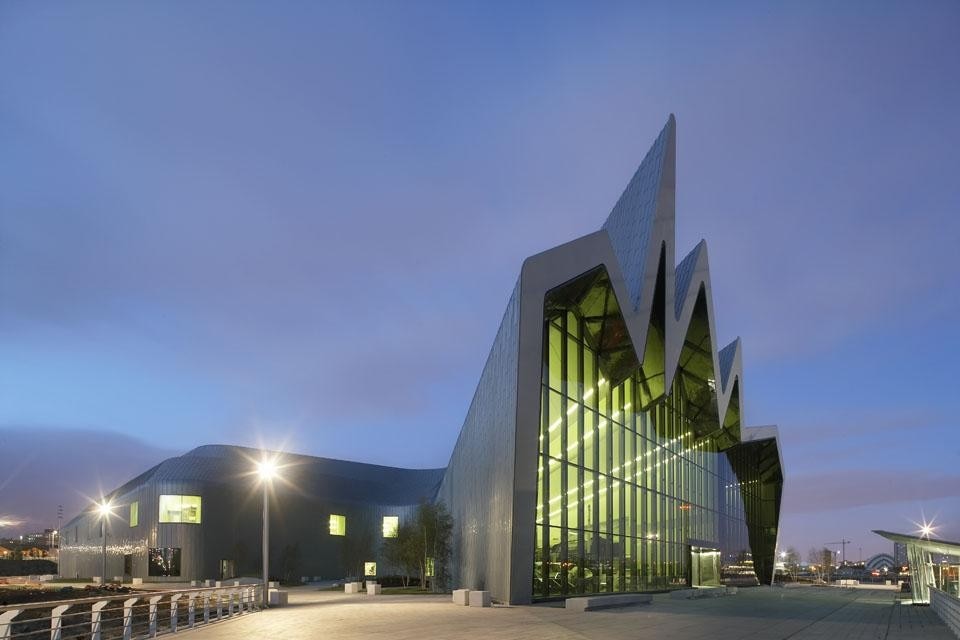
"The river has changed to a vacuous leftover industrial to something about the future. This project is just one of a whole lineage with Glasgow is involved with."
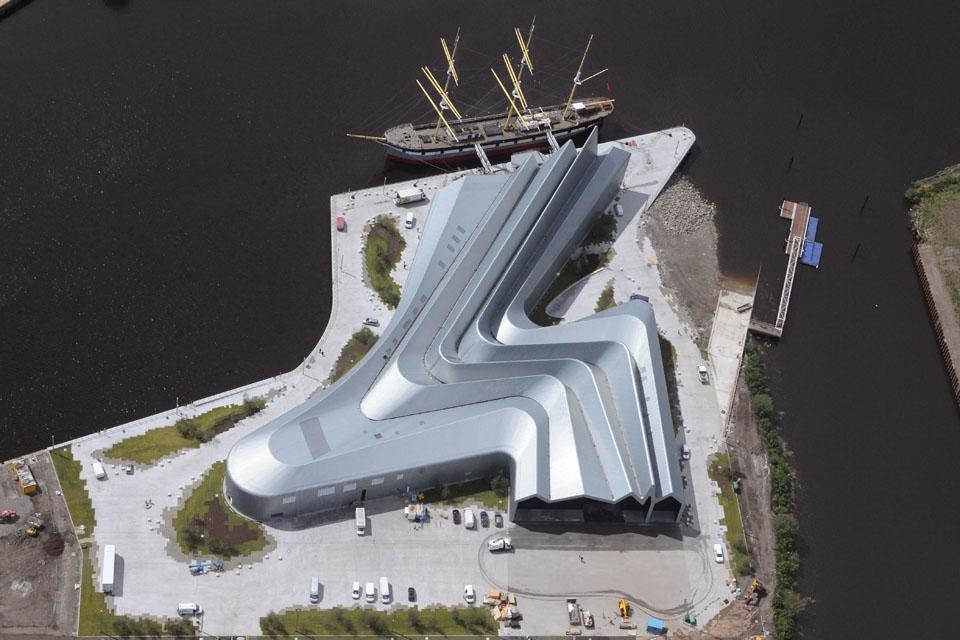
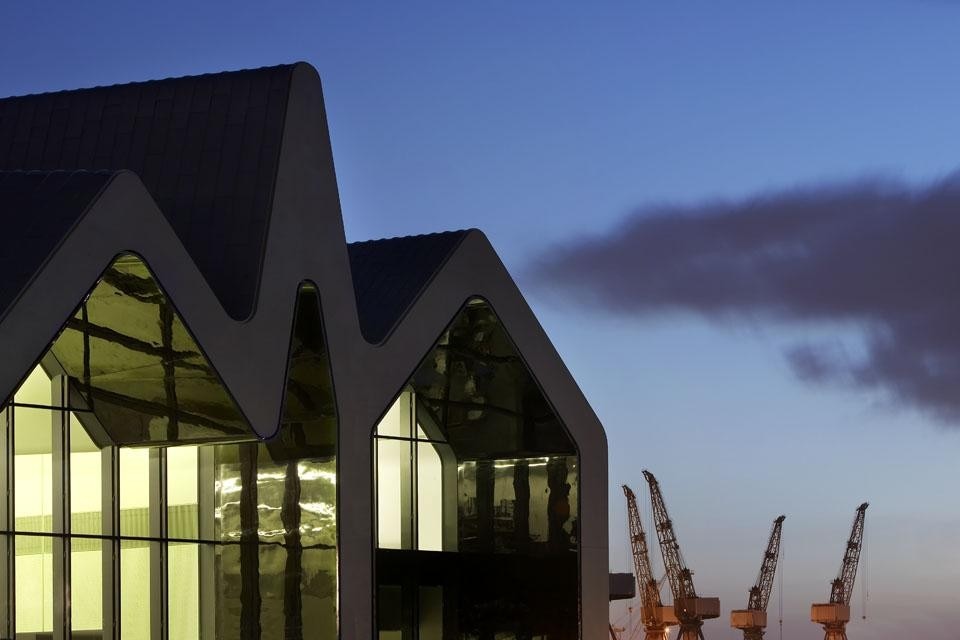
100 Pointhouse Place, G3 8RS Glasgow
Architectural Design and Contract administration: Zaha Hadid Architects
Project Manager and cost control: Capita Symonds Ltd
Structural Engineer: Buro Happold
Landscape Architect: Gross Max
Lighting Design: Inverse Lighting Design
Project construction: Event Communications
Site Area: 22.400 m2
Gross area: 11.300 m2 (excluding basement)
Exhibition Area / Public space: 6.600 m2 (including public areas and café)
Overall building dimension:
North facade: Width: 45.8m; Maximum height:16.6m
South facade:
Width: 63.6m;
Maximum height: 25.7m
Cost: £ 60,000,000 for building and landscape design (excl. fit-out)
